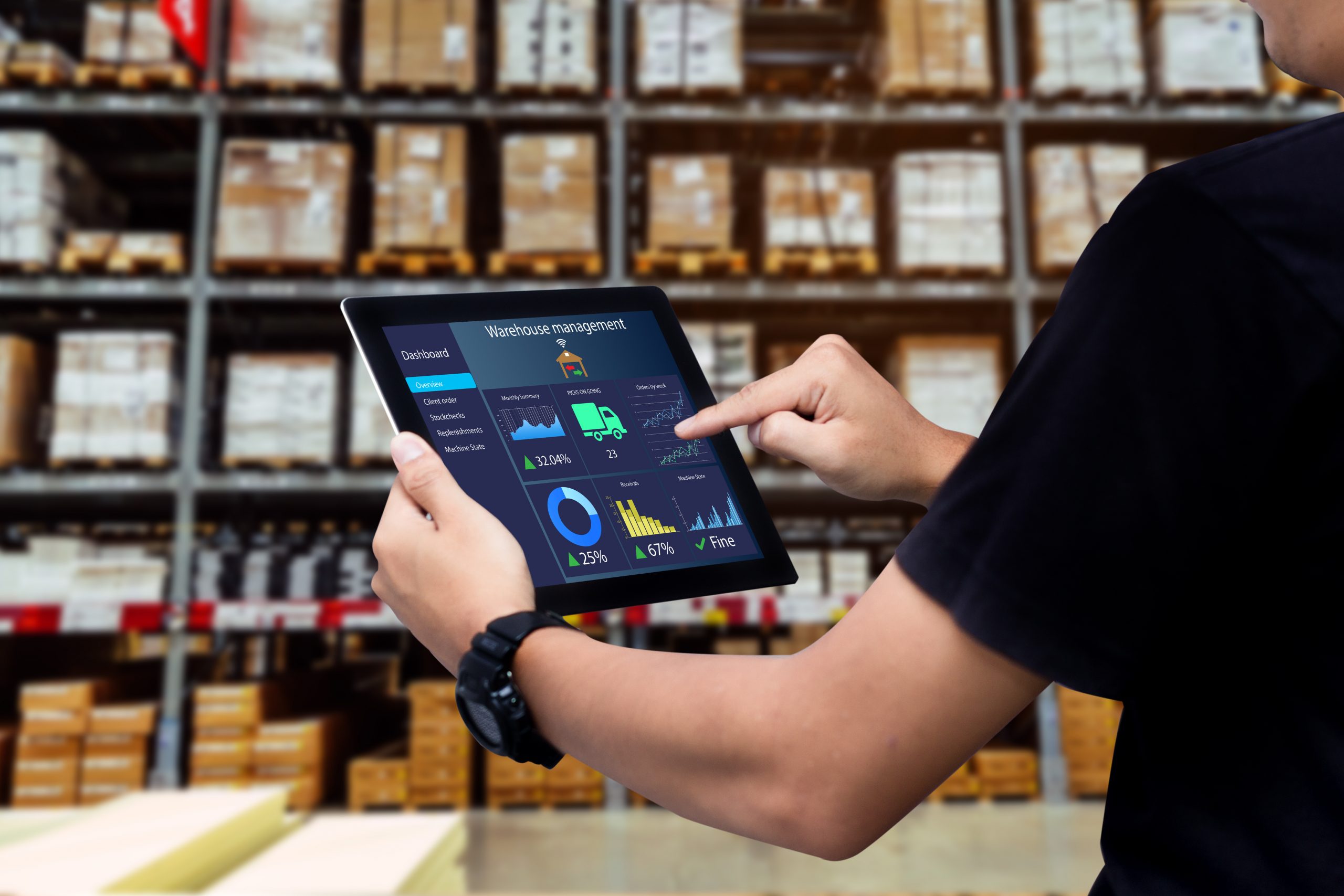Once thought of as an industry that always lagged in the adoption of technology, logistics has made huge strides in the last five years. Now, both shippers and service providers have access to data applications that can transform the way they run their logistics operations through interoperability.
Not so long ago, that was not the case. The technology that did exist was really expensive, and the term “logistics technology” was really synonymous with TMS or WMS, with both of these usually being a module within a massive ERP system.
But that has changed, for a couple of reasons. First and foremost, the advent of smaller, more easily implemented SaaS-based solutions has made logistics technology a viable option for companies of all sizes.
More Specialized Applications
A second reason is there are now many more specialized applications that take care of a narrower range of responsibilities. This has enabled companies to build their own “logistics technology stack,” which combines technology from different providers to create a customized solution to serve a company’s needs better than more expensive software. These types of logistics solutions are made possible by using applications that make data interoperability easy and seamless for users — who can then “cherry-pick” the solutions they want. API technology has been a big part of these newly available abilities, but EDI still has its place.
Rate management for LTL, truckload, and parcel is a great example of a need within shippers’ logistics operations that can benefit from specialized technology. For example, integrating with most carriers’ rating engines so that accurate rate calculations and tendering can be done with a few clicks is now simple. Real-time tracking is another benefit of technology, with location information and data feeds available from most carriers. Today, there is rarely a reason a shipper should not know the location of their products while in transit.
“Key to all these new capabilities is data interoperability.”
Key to all these new capabilities is data interoperability. Companies need their business-critical data to be able to flow seamlessly among their own internal systems, as well as between their systems and those of their customers and suppliers.
What’s different today is that companies are no longer beholden to a large TMS or other types of technology platforms that try to be everything to everyone. Specialized logistics applications do specific things better, and data interoperability makes more systems more accessible, at a lower cost, to more companies. Taking advantage of the web services and APIs provided by different types of technologies allows both shippers and logistics services providers to build combinations of logistics applications that do exactly what they need them to do. This makes for a better solution for the users while keeping costs low.
Logistics technology is available to companies in a variety of ways and does not have to come with a big investment and difficult implementation. Many shippers find that a logistics partner can provide best-in-class technology with many prebuilt connections to the shipper’s existing carriers and partners.
The importance of logistics to companies’ profit margins has never been greater. A well-chosen logistics technology stack is a smart way to improve service to customers while controlling costs.


